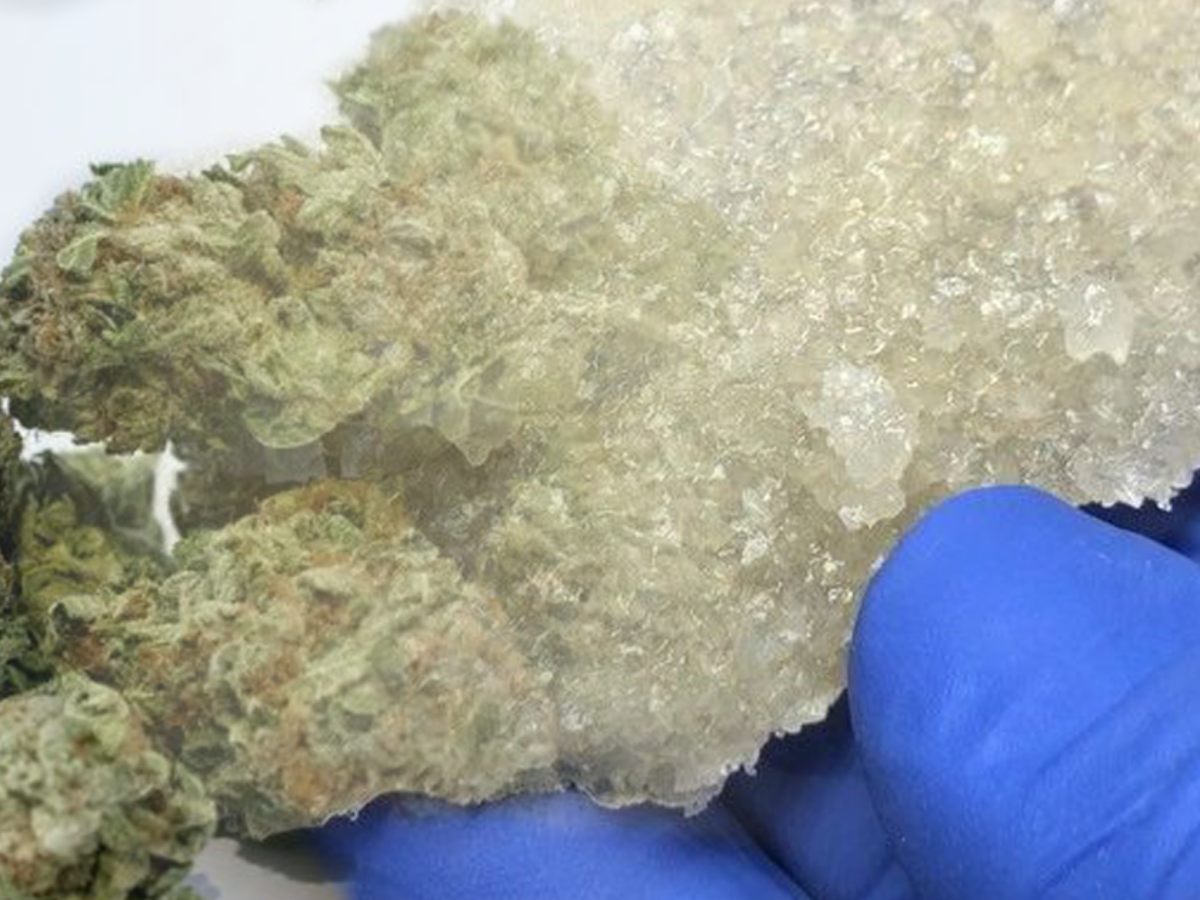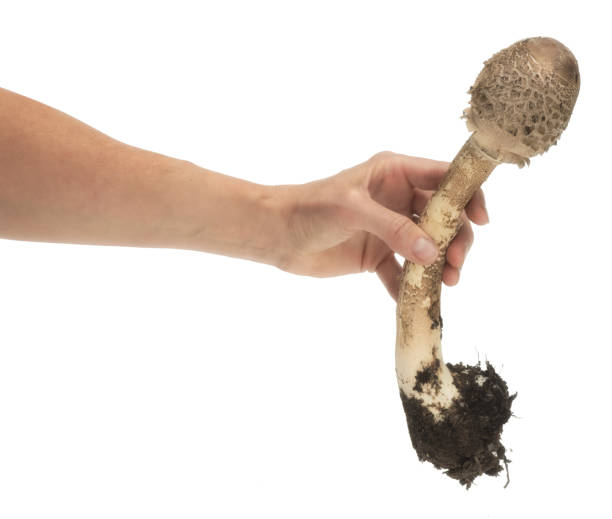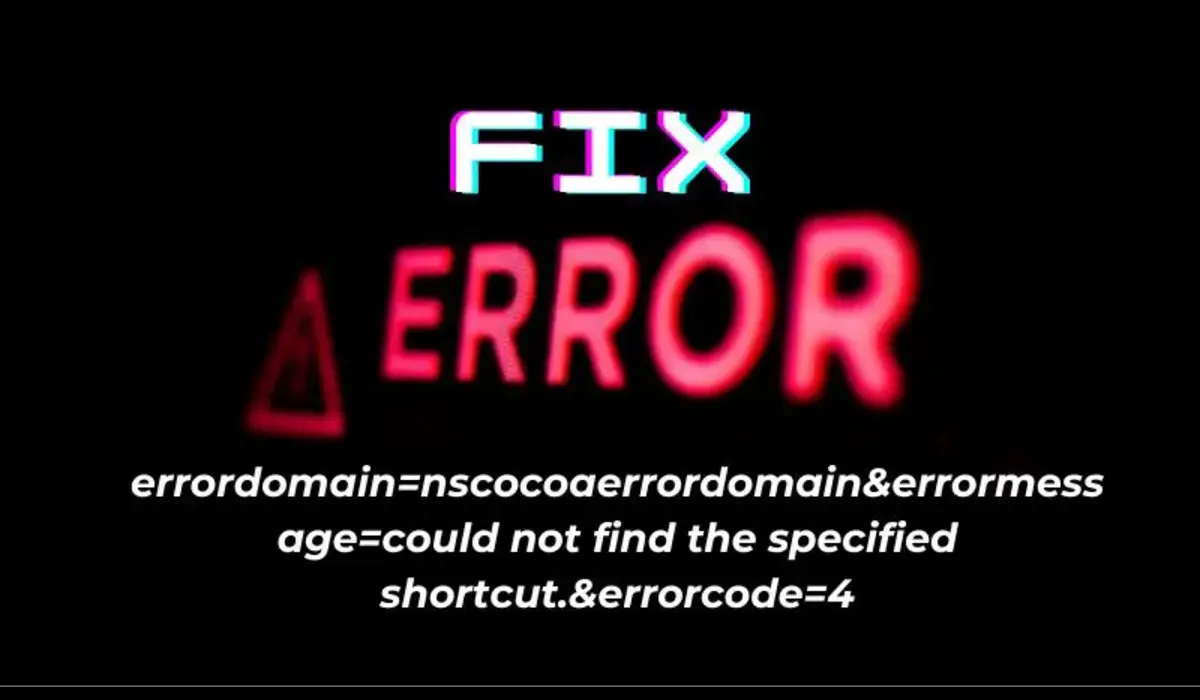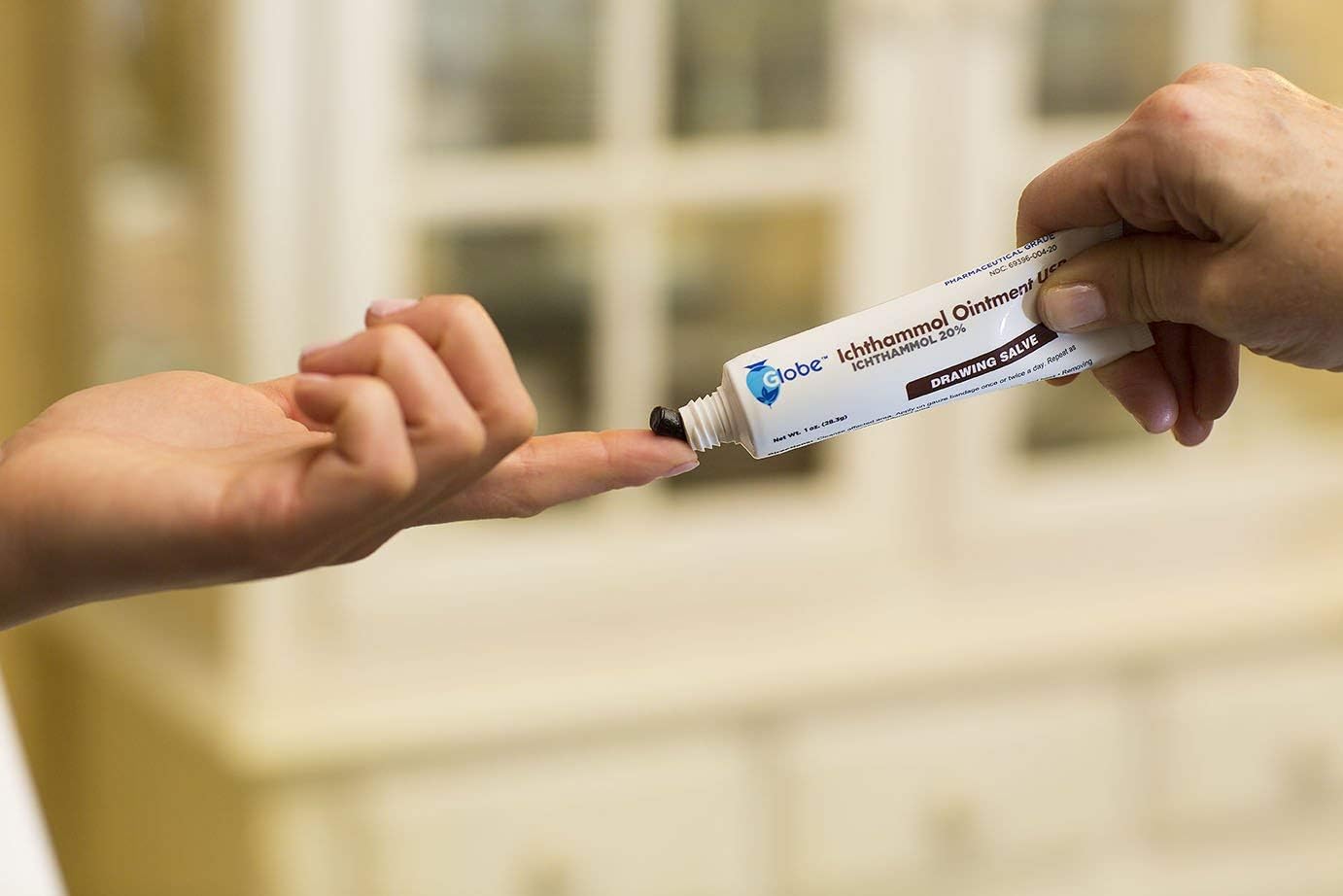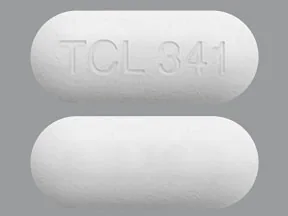Lots of folks are curious about CRC extracts and if they’re safe to smoke. Some say CRC wax might be harmful, but what’s the real deal?
In this article, we’ll explain what CRC extracts and CRC are, and if CRC wax is harmful. After reading this, you’ll know if you want to try CRC extracts or not.
What is CRC
CRC is short for “Color Remediation Column.” CRC is a way to make a special kind of the extract of cannabis using a method called “column chromatography.”
In the beginning, CRC was used to get rid of dark stuff in low-quality extracts, which made them look bad. By doing this process, the extract would look lighter, and people thought lighter extracts were better. It was all about making the extract look nicer to sell more.
Now, lots of legal and illegal makers use CRC to make their cannabis extracts look better. But they also use it to take out things like pesticides and yucky tastes. People often use CRC with butane hash oil. When you do CRC, low-quality hash oil changes from very dark to light gold or even white in color.
What is the exact meaning of CRC extraction
CRC extraction is a method used after getting cannabis extracts. It uses special technology to make these extracts look better.
Here’s how it works: They use a column, which is like a steel tube, and fill it with different stuff to clean the extract. This stuff can be things like activated bleaching earth to take away colours, activated carbon to remove chlorophyll, or bentonite clay to get rid of colours and dirt. There are more things they can use, like diatomaceous earth, magnesol, sand, and T5 clay to clean up the extract and make it look nicer.
The cannabis concentrate is pushed through filters to get rid of things that make it look bad, like colour-changing stuff and dirt. Depending on the filter, it can remove things like chlorophyll, carotene, fats, and other stuff with fancy names.
But there’s a problem with CRC. It can take away the good smell from the concentrate. So, if you smell chemicals or it smells too fruity or earthy, it might have gone through CRC, and they added extra smells to try and make it smell better.
Read Also:
Why some people say CRC wax might not be safe for you
Here are the reasons why some folks think CRC wax could be unsafe:
- There are no rules or tests to check the stuff used in the process.
- Studies show that people who breathe in diatomaceous earth and bentonite clay, which are used in CRC, can hurt their lungs. So, vaping extracts with these things might be harmful.
- Bentonite clay can have too much lead, which is bad for you.
- Breathing in silica gel, another thing used in CRC, can damage your lungs.
- Manufacturers say the materials are safe because the FDA said they are safe to eat, but this doesn’t mean they are safe to inhale into your lungs.
- If they make too much extract through the filters too fast, it doesn’t clean well and can leave bad stuff in the final product.
- Natural activated carbon can make harmful chemicals like benzopyrenes.
- If they don’t change the activated carbon regularly, it can break down and release heavy metals when used too much.
- If a maker does CRC right, the cannabis extract might have less bad stuff in it.
- If you worry about bad stuff in your cannabis extracts, you can ask the person at the store (budtender) if the product went through CRC and what things they used to clean it.
Important points to know about CRC extracts
CRC, which stands for color remediation column, is a technique used in the industry of cannabis to clean extracts and make them look better.
There’s a debate about whether CRC wax is safe to use. Labs that test cannabis products don’t check for leftover filter materials, making it hard to say for sure if CRC-treated extracts are safe.
Breathing in some of the stuff used in CRC (like bentonite clay and diatomaceous earth) for a long time can be bad for your lungs.
If you want to buy a CRC extract, you can ask the person at the store (budtender) about the filtration methods they used.
Read More: What are CRC extracts- Do Shrooms Go Bad Over Time?
- Understanding EtOH: The Dangers of Ethanol Alcohol Abuse
- Mushrooms That Look Like a Penis
- Melmac Mushrooms
- How to Dry Mushrooms
- How to Pass a Hair Follicle Drug Test: A Comprehensive Guide
- Embalming Fluid Smoking
- Meth Face Sores & Scabs: A Comprehensive Guide
- Concerta Drug Test Detection: Everything You Need to Know (2023)
- Wet Finger Method for Effexor Withdrawal: Does it Work?

